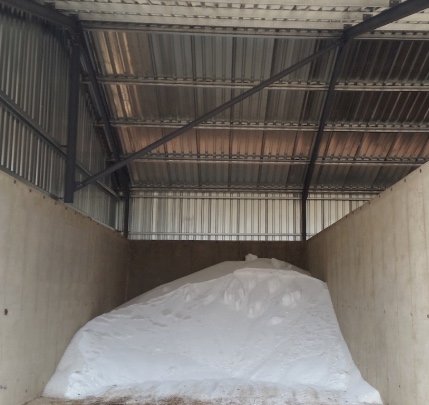Do Farmers Really Need Nitrogen Fertiliser?
- By: "Farm Tender" News
- Cropping & Grain News
- May 08, 2022
- 709 views
- Share

By Jake
As we hear more and more about agriculture’s contributions to climate change, a lot of people are wondering why farmers can’t just stop using fertilizer. Some link the need for fertilizer to “industrial” agriculture, or “corporate” farming, or worst of them all, “factory farming”. Many people seem to believe the use of fertilizer strip-mines the soil, rendering it an inhospitable, dried up hunk of dirt that can’t support any life at all without it. Some even think it’s somehow tied to the infamous Roundup that, supposedly, our crops depend on multiple applications of to survive. So, what’s the real story here?
This week, our air drills will go to the fields to plant our 2022 crop. Over the next few weeks, we will apply hundreds, or even thousands, of metric tonnes of fertilizer of various types. The reality is, farmers need fertilizer to be sustainable, to look after their land. Fertilizer replaces the nutrients we take from the soil when we harvest a crop. If we don’t replace the nutrients, the soil slowly gets mined to exhaustion. Somehow, we have to replace what we take. Nutrients don’t come out of thin air (well, except nitrogen – but we’ll get to that later).
Think about it this way. When you eat your bread, you consume nutrients. If your bread was made from whole wheat flour, it contains a wealth of nutrients, including fibre, vitamins, minerals, and of course, carbohydrates. Where did these nutrients come from? The soil, the sun, and the air; plants like wheat consume carbon dioxide, solar energy, water, and a list of elements from your high school chemistry class, like nitrogen, phosphorus, potassium, sulphur, magnesium, and so on. Wheat depends on these nutrients to develop a seed (hopefully, lots of them!) that gets ground up to produce your flour. These nutrients can’t be created from nothing. They must come from somewhere.
The major nutrients wheat needs (called macronutrients) include several elements, such as carbon, oxygen, nitrogen, and a few more (read more here). These macronutrients don’t differ a whole lot in most of our major crops. Whether you’re growing corn, wheat, canola, or lentils, you need all of these nutrients to produce a healthy plant with nutritious seeds.
In this post, I’ll address the elephant in the room: nitrogen, the nutrient we apply in by far the largest volumes in much of the world. More......










Share Ag News Via